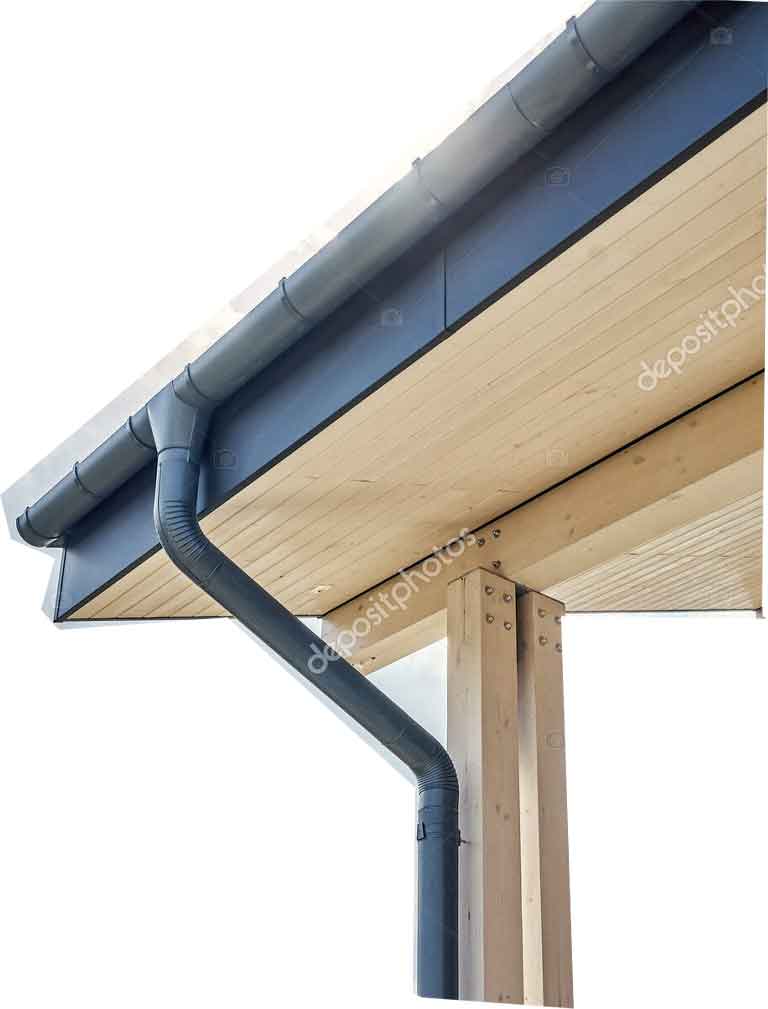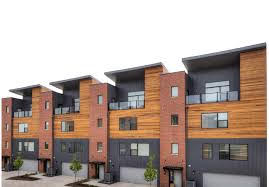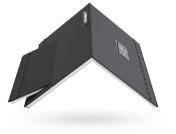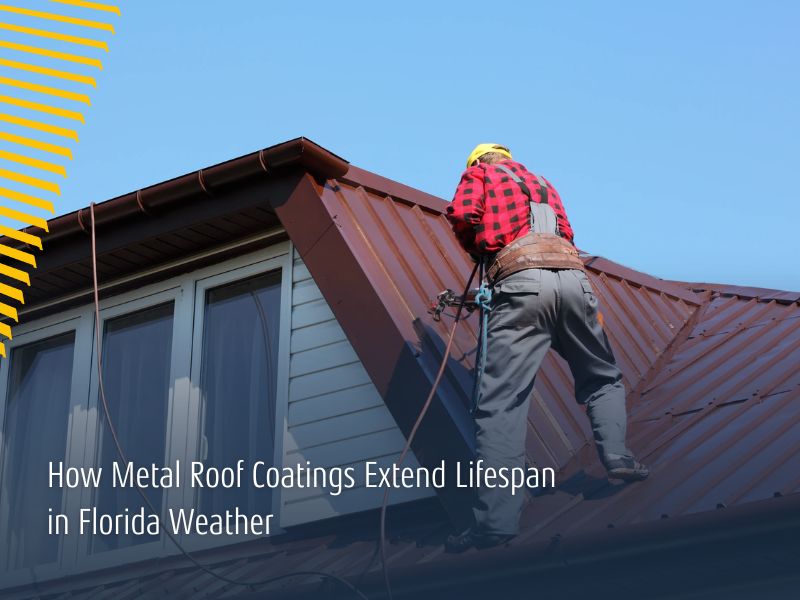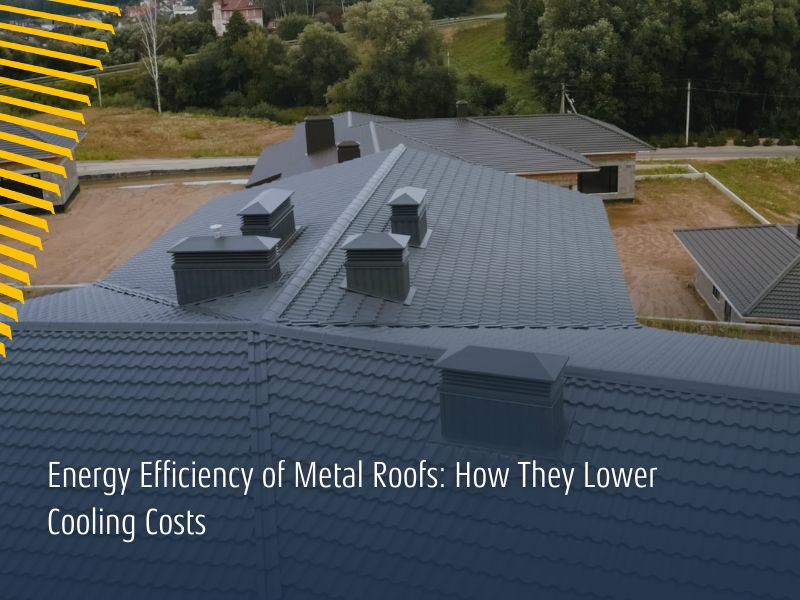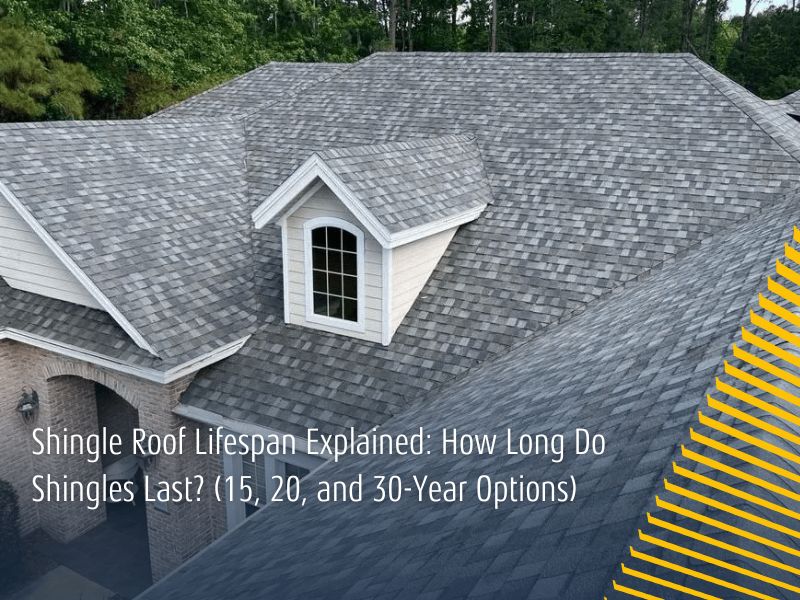If you are a homeowner living in a humid climate, chances are you have seen dark streaks and stains spreading across roofs in your neighborhood. These stains are often caused by roof algae such as gloeocapsa magma, which thrives in warm and moist environments. Traditional asphalt shingles can be especially vulnerable, leading to unsightly black streaks that reduce curb appeal and shorten a roof’s lifespan.
This article explores whether algae-resistant shingles really perform as promised in humid areas. By the end, you will know how they work, what roofing materials are best, whether they are worth the investment, and how to plan your roof replacement with modern solutions like SmartQuote for peace of mind.
Outline
- What are algae-resistant shingles and how do they work?
- Why does algae growth happen on a roof in humid climates?
- What problems does roof algae cause for homeowners?
- How do algae-resistant shingles use copper or zinc to fight streaks?
- Are algae-resistant shingles worth the investment?
- Do algae-resistant shingles really perform in hot and humid climates?
- Choosing the right shingles for your roof replacement project
- What are the benefits of algae-resistant shingles compared to standard shingles?
- How algae-resistant shingles affect curb appeal, lifespan, and value
- Using SmartQuote to plan your roof replacement with algae protection
What are algae-resistant shingles and how do they work?

An algae-resistant shingle is a specially manufactured asphalt shingle designed to prevent the growth of alga and keep your roof looking clean. Unlike standard asphalt shingles, which may include limestone filler that fuels algae spores, algae-resistant shingles use copper granules or copper-infused technology. When rainwater washes over the surface of the shingle, copper ions are released, making it harder for spores to grow and spread.
Algae-resistant shingles are specifically designed to address the most common problem in humid climates: streaks and stains from roof algae. Many asphalt shingles look the same at first glance, but algae-resistant shingles typically include a protective layer that helps reduce energy costs, maintain curb appeal, and extend the life of your roof. Homeowners can choose between architectural shingles, luxury asphalt shingles, or traditional asphalt shingles with algae resistance.
Why does algae growth happen on a roof in humid climates?
Roof algae thrive in humid environments where warmth and moisture create the perfect conditions for spores to settle. Humid climates like the southeastern United States, coastal areas, and tropical regions are particularly prone to algae growth. Spores spread through the air, attach to the surface of the shingle, and feed on limestone filler used in standard asphalt shingles.
Over time, algae growth causes unsightly black streaks and stains that spread down the roof. These streaks not only affect curb appeal but can also increase heat absorption, making the roof hotter and less efficient at reflecting sunlight. In hot and humid climates, the combination of algae spores, moisture, and sun can cause long-lasting discoloration that is difficult to remove without a roof replacement.
What problems does roof algae cause for homeowners?
For a homeowner, the first and most obvious problem with roof algae is aesthetic. Black streaks and unsightly stains reduce curb appeal and make a roof look older than it really is. A roof that looks neglected can lower the value of the home, even if the shingles are still functional.
Beyond appearance, roof algae can reduce the efficiency of roofing materials. A stained roof absorbs more heat, leading to higher energy costs. Algae growth can also trap moisture against the roof’s surface, potentially shortening the roof lifespan and making roof repair more frequent. In humid areas, algae spores can quickly spread from one rooftop to another, creating a neighborhood-wide issue.
How do algae-resistant shingles use copper or zinc to fight streaks?
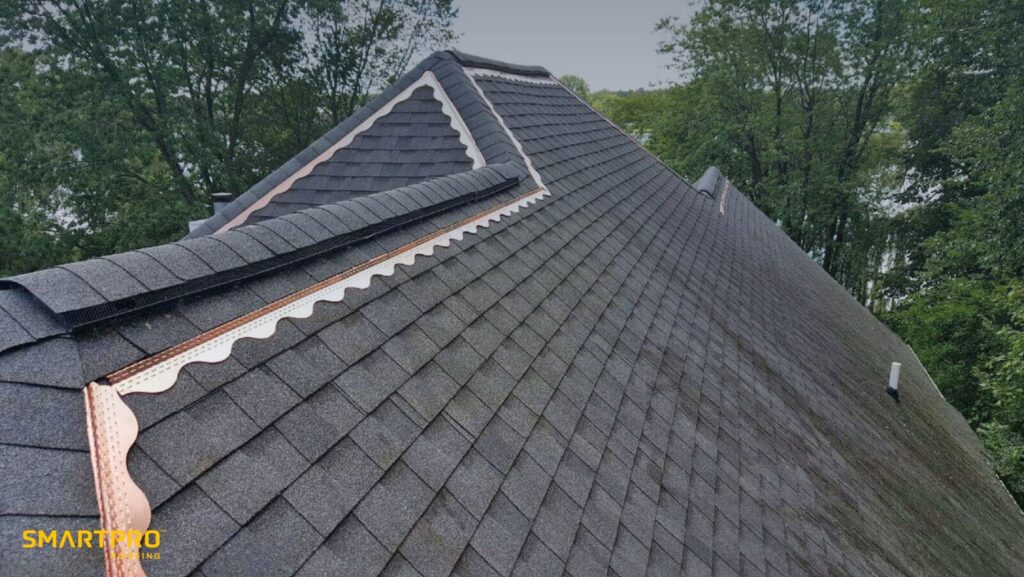
Algae-resistant shingles use copper or zinc particles embedded into the surface of the shingle. When rain falls, copper ions wash down across the roof, creating an environment that prevents alga from thriving. This process provides algae protection for many years, often the entire life of your roof.
Unlike standard shingles, which have no defense against gloeocapsa magma, algae-resistant asphalt shingles come with this built-in safeguard. The surface of the shingle releases a steady supply of copper granules over time, keeping your roof algae-free. Some shingles use copper-infused granules, while others use zinc strips near the ridge line. Shingles use copper or zinc technology to deliver long-lasting results without constant cleaning or maintenance.
Are algae-resistant shingles worth the investment?
Many homeowners wonder if algae-resistant shingles are really worth the investment. The truth is, in humid areas where algae growth is common, they’re worth the investment because they prevent unsightly black streaks, keep your roof looking clean, and extend roof life. While algae-resistant shingles may cost more than standard asphalt shingles, the long-term savings on roof repair, cleaning, and premature replacement make them a smart choice.
Algae-resistant shingles aren’t just about appearance. They also help reduce energy costs by reflecting more sunlight than a stained roof. For homeowners planning a roof replacement, choosing algae-resistant shingles provides peace of mind that your roof will stay attractive and functional for years. If you live in a humid climate, SmartQuote makes it simple to see the exact cost difference between standard shingles and algae-resistant roof shingles.
Do algae-resistant shingles really perform in hot and humid climates?
The question most homeowners ask is whether algae-resistant shingles really perform in hot and humid climates. Studies from the Asphalt Roofing Manufacturers Association and roofing professionals show that algae-resistant shingles are a worthwhile upgrade. In humid climates like Florida, Texas, and the Gulf Coast, algae-resistant shingles help protect your roof from stains and extend the roof’s lifespan.
Algae-resistant shingles won’t make your roof immune forever, but they significantly reduce algae growth compared to standard asphalt shingles. By reducing black streaks and stains, these shingles keep your roof looking good while also maintaining performance in hot and humid climates. For many homeowners, upgrading to algae-resistant shingles is a practical solution for protecting their investment.
Choosing the right shingles for your roof replacement project
Choosing the right shingles is a key decision for any homeowner considering a roof replacement. Architectural shingles and luxury asphalt shingles with algae resistance provide both durability and aesthetic appeal. For those on a budget, algae-resistant asphalt shingles are still an upgrade compared to standard asphalt shingles.
When considering a roof replacement, it’s important to think about more than just initial cost. The value of algae-resistant shingles lies in their ability to prevent roof algae, extend the life of your roof, and reduce energy costs. Using SmartQuote, you can instantly compare the price of different types of shingles and see how algae-resistant shingles fit into your budget.
What are the benefits of algae-resistant shingles compared to standard shingles?
The benefits of algae-resistant shingles go beyond appearance. They help reduce stains, protect your roof from algae spores, and extend roof lifespan. Standard shingles, especially standard asphalt shingles with limestone filler, are more vulnerable to gloeocapsa magma.
Algae-resistant shingles help homeowners avoid repeated roof repair caused by excess moisture trapped by algae growth. By investing in shingles that handle humid environments, homeowners benefit from fewer maintenance issues and longer roof life. The benefits of algae-resistant shingles include cleaner curb appeal, reduced algae growth, and stronger protection against humid climates.
How algae-resistant shingles affect curb appeal, lifespan, and value
Curb appeal is one of the biggest selling points of algae-resistant shingles. Unsightly black streaks can make a relatively new roof look worn out, while algae-resistant shingles keep your roof looking fresh and well-maintained. For homeowners planning to sell their property, curb appeal directly impacts home value.
From a performance standpoint, algae-resistant shingles increase the lifespan of the roof by preventing algae growth and reducing trapped moisture. A roof with algae protection also provides better insulation against heat, lowering energy costs over time. Ultimately, algae-resistant shingles are a smart upgrade that offers both economic benefits and peace of mind.
Using SmartQuote to plan your roof replacement with algae protection
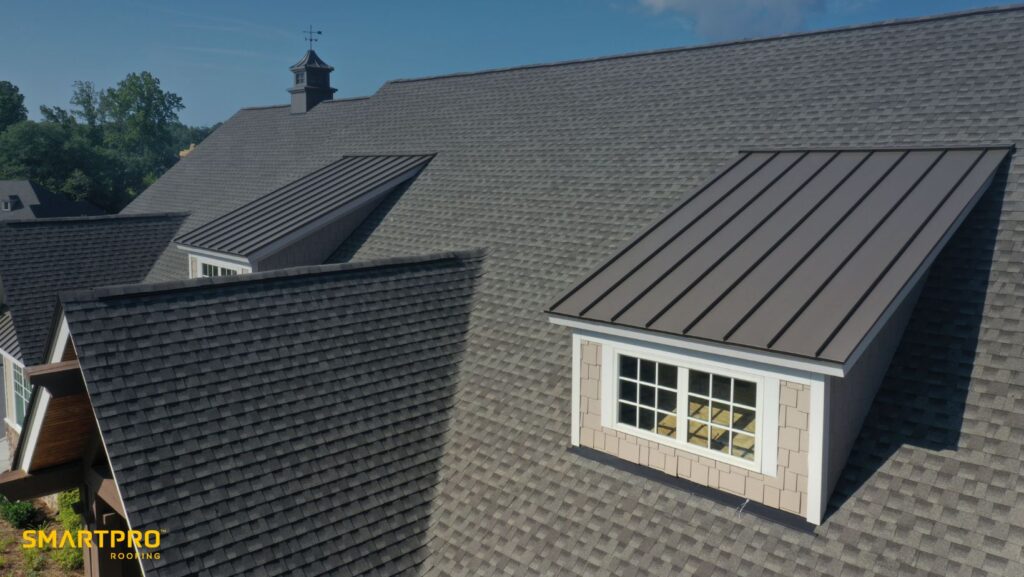
Planning a roof replacement in a humid climate can feel overwhelming, but SmartQuote makes it easier. With SmartQuote, you can see exactly how much algae-resistant shingles will cost compared to other roofing materials. The tool gives you an instant, accurate price for your new roof without the pressure of sales calls.
Whether you are considering timberline hdz shingles, architectural shingles, or algae-resistant asphalt shingles, SmartQuote helps you compare options side by side. If you live in a humid climate and want algae protection for your home, SmartQuote is the fastest way to plan your project and protect your roof from stains.
Key Takeaways
- Algae growth is common in humid climates and causes unsightly black streaks on roofs.
- Algae-resistant shingles use copper granules or zinc to prevent spores from thriving.
- These shingles help reduce energy costs, extend roof lifespan, and improve curb appeal.
- Algae-resistant shingles are a worthwhile investment for homeowners in humid areas.
- SmartQuote makes it easy to compare costs and plan your roof replacement online.
Get Started with Your Roof Today
Ready to see exactly what your roof replacement will cost and buy it entirely online without the sales pitch? Get your free SmartQuote today in just minutes: Start SmartQuote.



